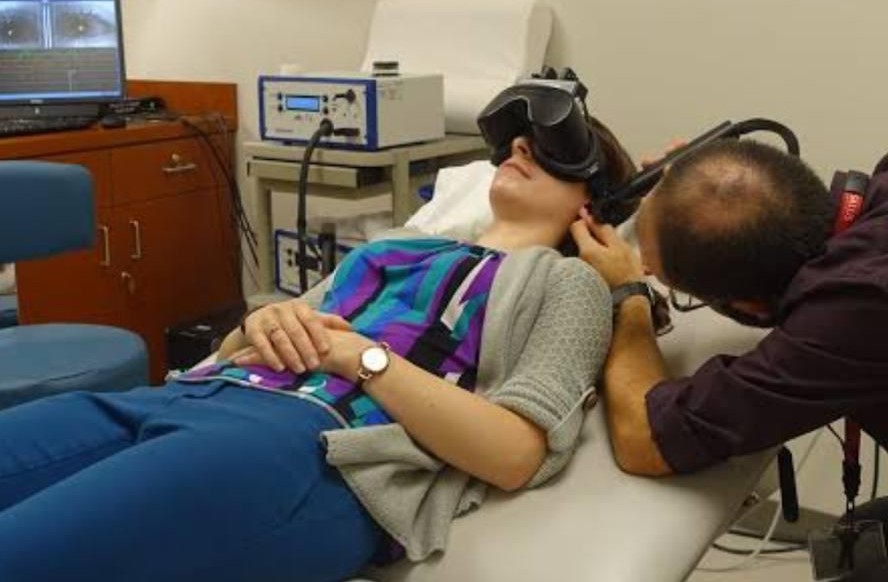- Hearing Test
Electronystagmography (ENG) Test
Electronystagmography (ENG) is a diagnostic test that records the eye involuntary movement caused by a condition known as Nystagmus, acquired in infancy or later in life that results in limited vision. The condition affects the two cranial nerve responsible for brain functioning. The two nerves are the oculomotor nerve and the acoustic nerve. The oculomotor nerve connects the brain with eye muscles. The acoustic nerve connects the brain the cochlea. The acoustic nerve is responsible for controlling hearing and balance.

What is the Impedance Test?
The Impedance Test, also known as Tympanometry or Acoustic Immittance Testing, is a crucial diagnostic tool used to assess the functionality of the middle ear and the integrity of the eardrum (tympanic membrane). This non-invasive and painless test provides valuable information about your ear’s health and can aid in diagnosing various hearing-related conditions.
How Does the Impedance Test Work?
During the Impedance Test, a specialized probe is gently placed in the ear canal. The probe emits a series of sounds and pressure variations, while a microphone records the response from the ear. The test measures how well the middle ear system (including the eardrum and middle ear bones) responds to these acoustic signals.

- Importance
Need for ENG Test
The test helps in determining the disorders in the part of the cochlea (inner ear) that are dependable for position sense, orientation, and balance that are connected with brain, ears, and eyes.
If you are suffering from following symptoms, your doctor might recommend you ENG test:
• Unexplained loss in hearing
• Experience dizziness
• Problem of balance and vertigo
• Usher syndrome
• Acoustic neuroma
• Labyrinthitis
• Meniere’s disease
• Suspected lesion in the inner ear
